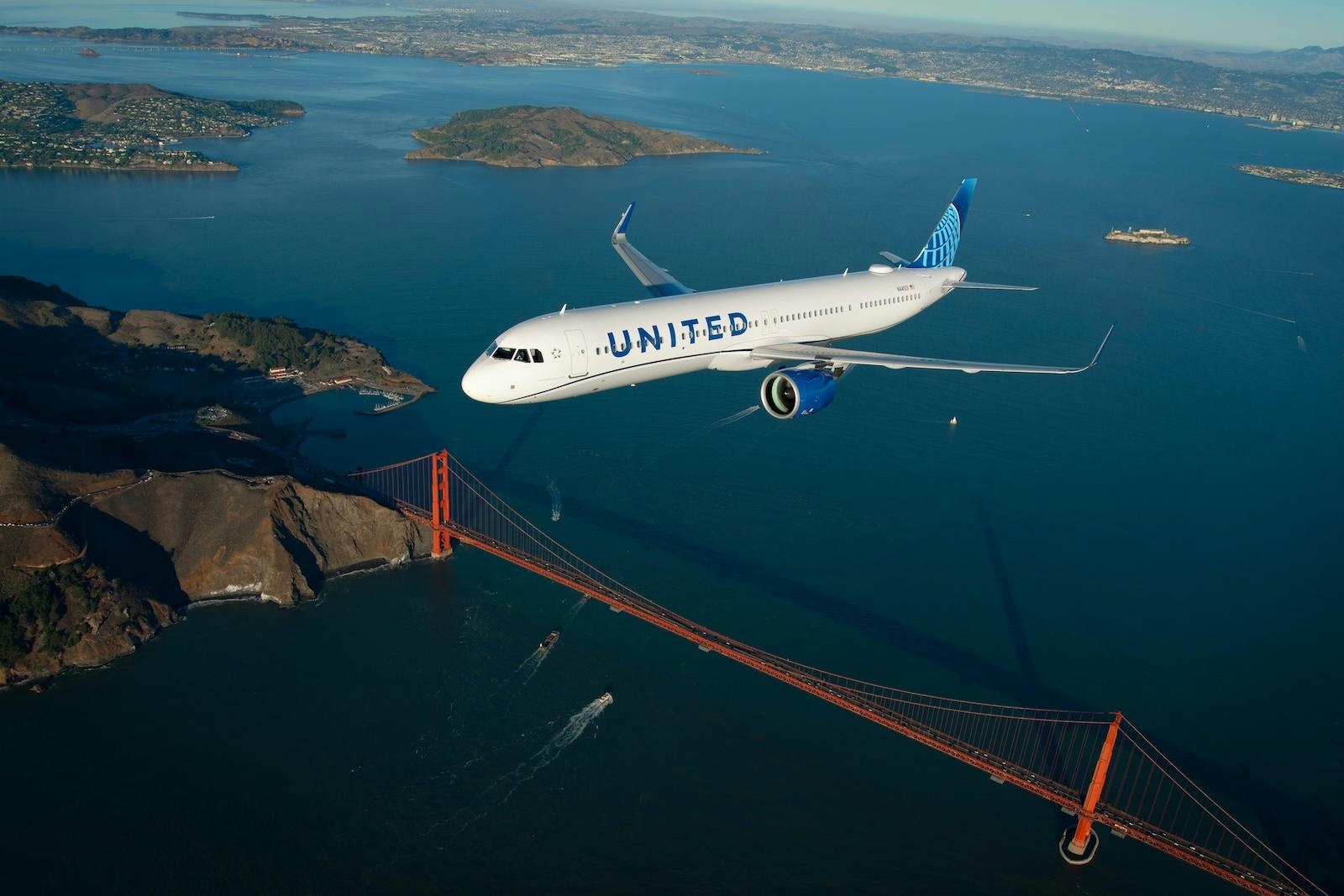
AeroGenie — Seu copiloto inteligente.
Tendências
Categories
Boeing Drops 33 777X Orders Amid Certification Delays
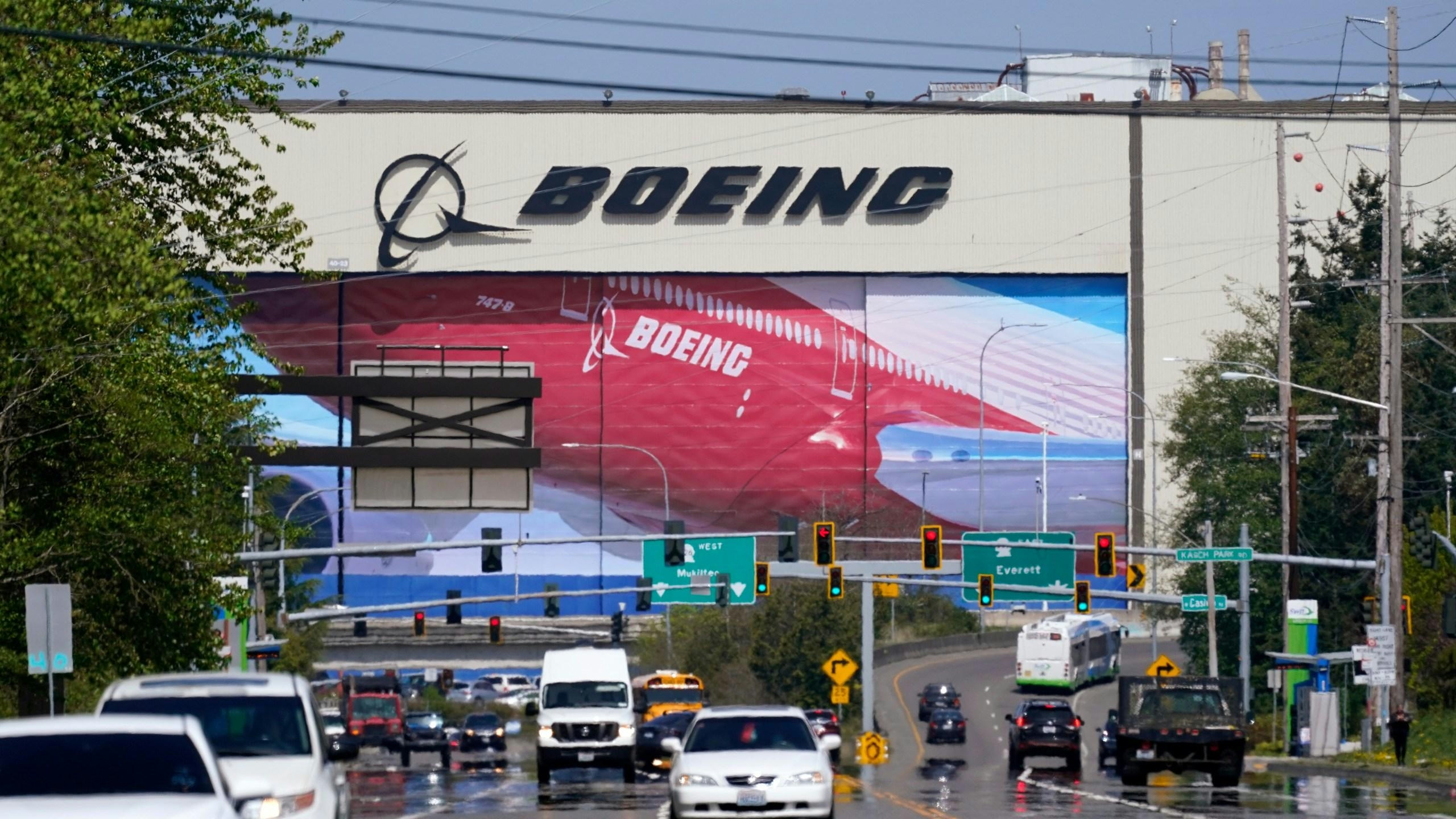
Boeing Removes 33 777X Orders Amid Certification Delays and Financial Strain
Boeing has reclassified 33 orders for its 777X aircraft from its official backlog into a special accounting category reserved for deals unlikely to be finalized. This adjustment, confirmed by the company and detailed in its third-quarter financial report, reduced the 777X backlog to 473 jets as of the end of September, a figure that remained stable through October. The decision reflects ongoing challenges in advancing the 777X program, particularly delays in certification.
Certification Setbacks and Financial Impact
The 777X program continues to face significant hurdles, primarily related to the certification of its first variant, the 777-9. On October 29, Boeing announced a further postponement of the aircraft’s first delivery, now expected in 2027—one year later than previously scheduled. The company attributed this delay to the slow progress of Federal Aviation Administration (FAA) approval for certification flight testing, underscoring regulatory complexities that have hampered the program’s timeline.
These delays carry substantial financial consequences. Boeing is confronting a potential $5 billion charge linked to the 777X setbacks, intensifying investor concerns about the program’s viability and the company’s broader financial health. Since early September, Boeing’s stock has declined by approximately 6%, reflecting market apprehension. Nonetheless, recent announcements of significant orders in Asia have helped mitigate some of these losses, indicating sustained demand despite the program’s difficulties.
Sales Performance and Backlog Management
Despite the challenges, the 777X program has experienced a modest resurgence in sales during 2023. Boeing secured 84 new orders for the 777X through October, a rebound supported in part by U.S. government involvement in trade negotiations. The company is also preparing to promote the 777-9 at the upcoming Dubai Airshow, aiming to further stimulate interest and sales.
Boeing’s overall order and delivery figures for October illustrate ongoing efforts to balance production and backlog management. The company’s total backlog stood at 5,911 jets at the end of October, down slightly from 5,954 in September. This total includes 4,312 737s, 85 767s, 521 777s, and 993 787s. During October, Boeing recorded 15 new orders—eight for the 737 Max (including six from Tui Travel and two from undisclosed buyers) and seven for the 787 from unidentified customers. The month also saw seven cancellations of 737 Max orders and the reclassification of two additional narrowbody orders into the special accounting category, resulting in a net gain of 10 aircraft orders.
Despite these adjustments, Boeing maintained a robust delivery pace, handing over 53 jets in October. These deliveries comprised 40 737s, four 767s, two 777 Freighters, and seven 787s.
Accounting Practices and Market Implications
The orders removed from Boeing’s official backlog have been placed under the ASC-606 accounting standard, which applies to contracts deemed unlikely to close due to factors such as the buyer’s financial instability or geopolitical complications. While these contracts remain active, they are excluded from the backlog count. Boeing routinely reviews and updates these classifications in response to evolving circumstances.
As the 777X program endures further delays and financial scrutiny, questions persist regarding Boeing’s capacity to restore confidence among stakeholders and sustain its competitive position in the widebody aircraft market. The extended delivery timeline and ongoing backlog adjustments underscore the challenges facing the company amid a shifting aerospace landscape.
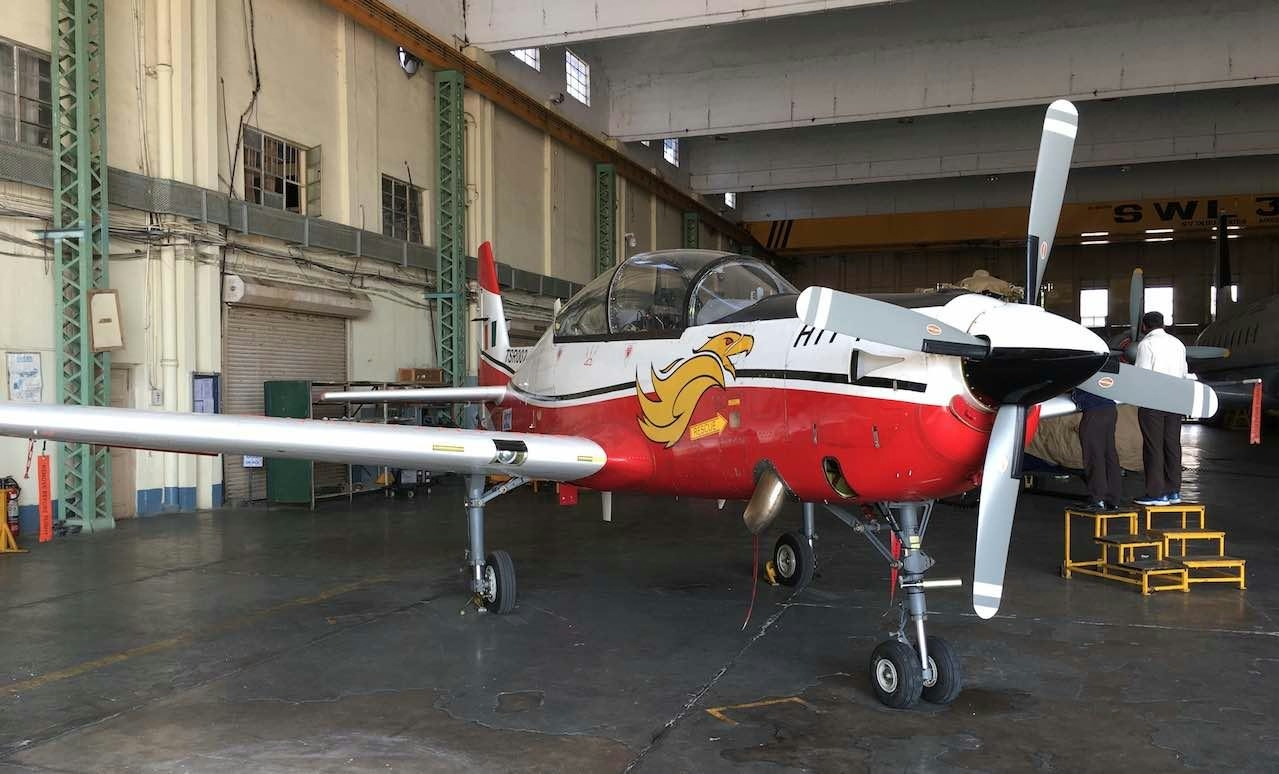
HAL Increases Production Ahead of HTT-40 Delivery
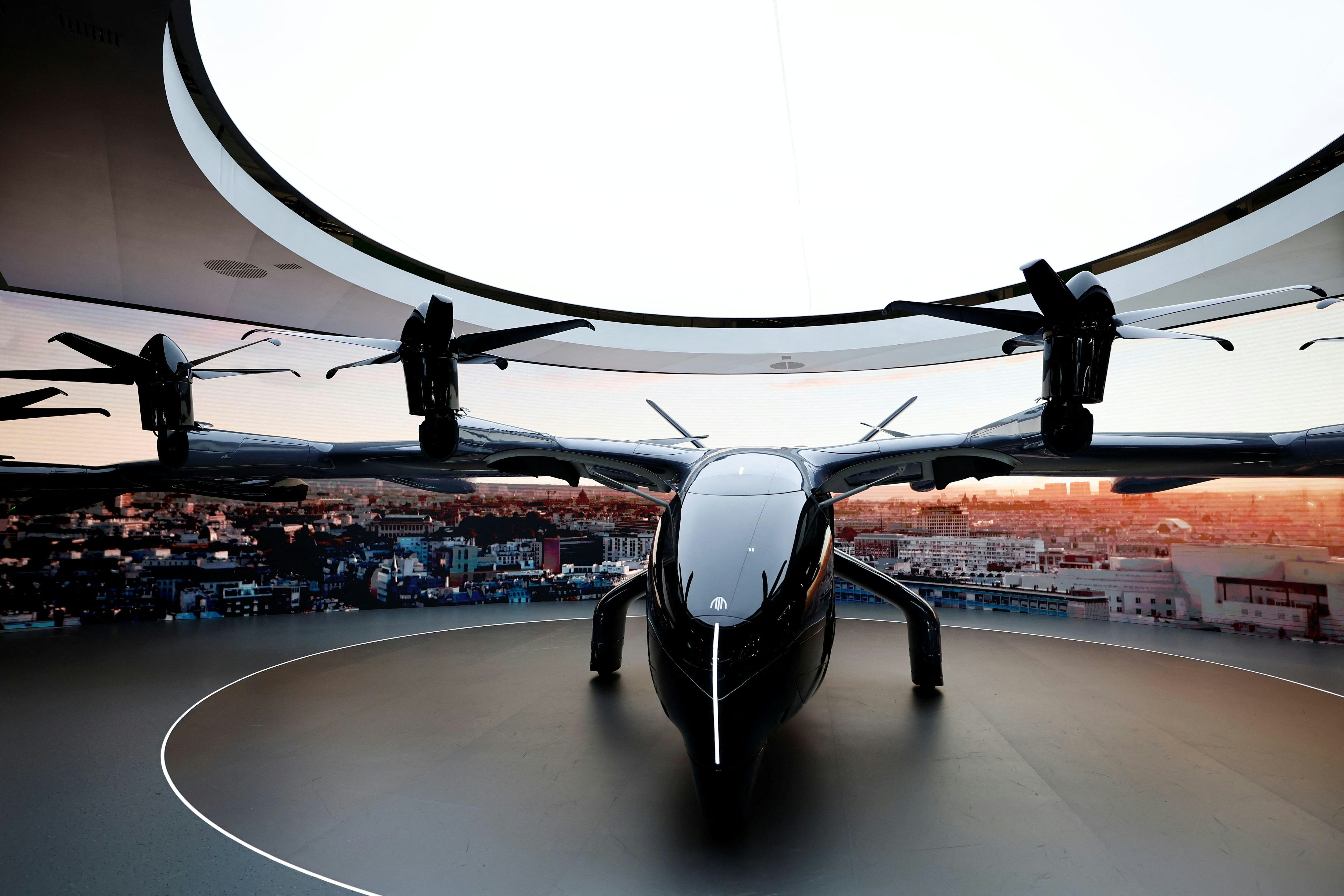
Archer Acquires Regional Airport
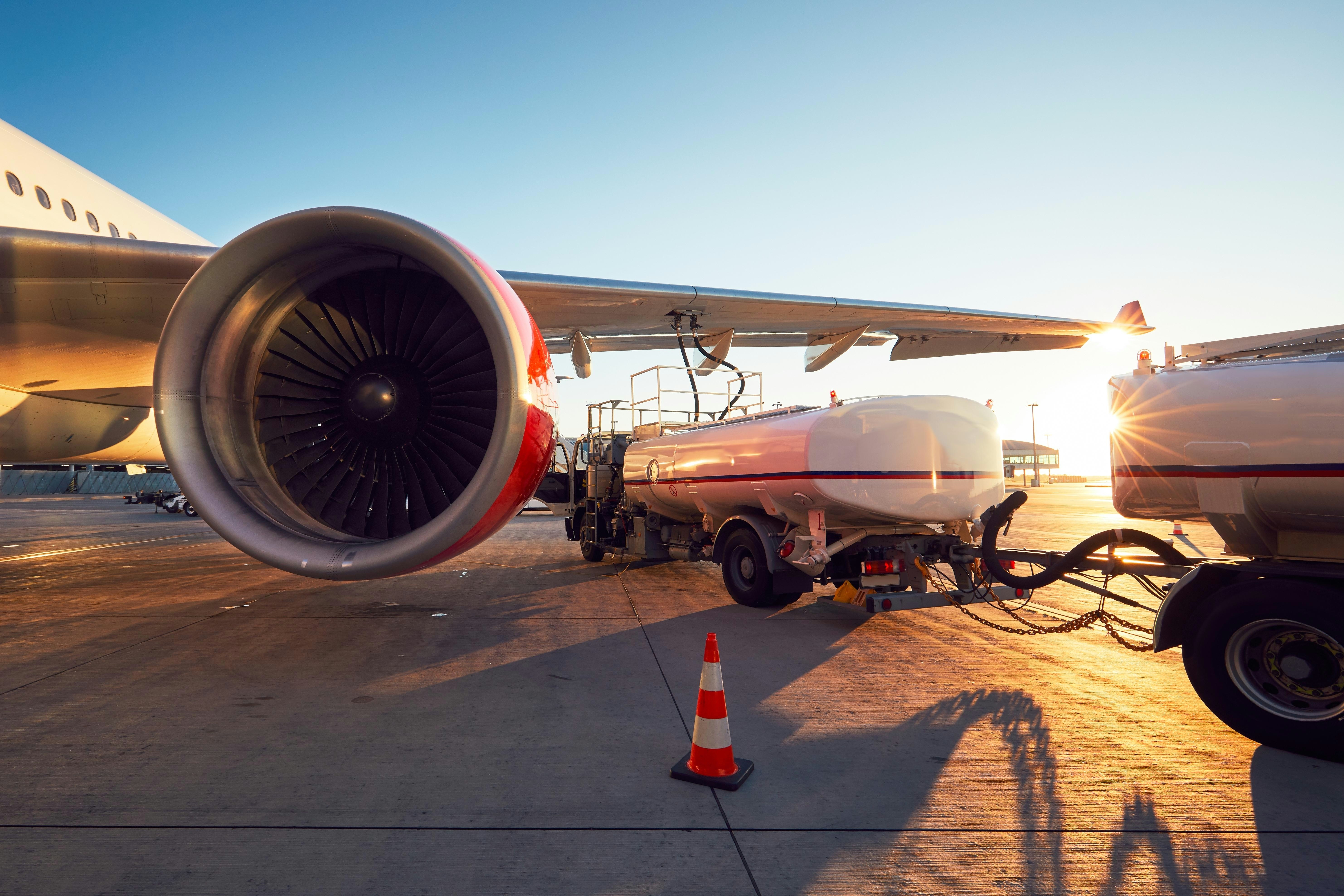
Aviation Industry Struggles with Supply Chain Disruptions and Rising Costs
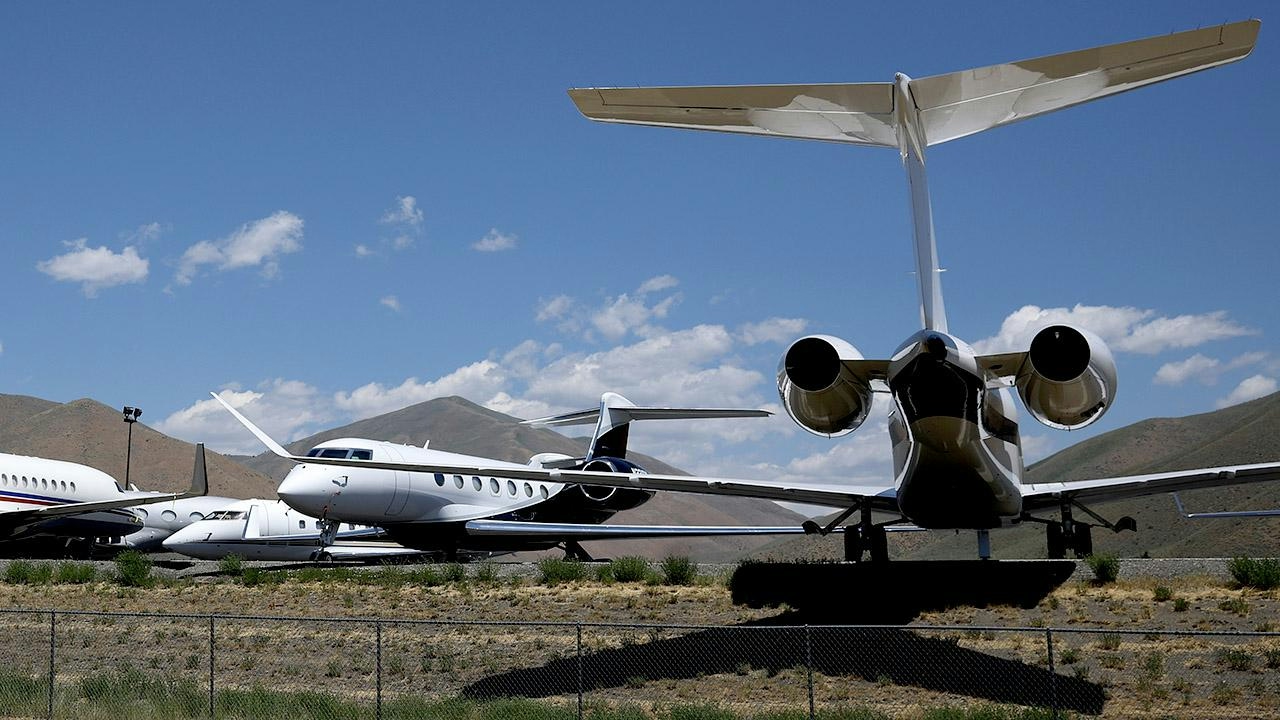
Jet.AI Revenues Decline Ahead of Private Aviation Division Sale

SunTrax in Polk County to Become Nation’s First Air Taxi Testing Hub

Etihad Airways Joins Flyadeal, Air Algérie, and Malaysia Airlines in Expanding Airbus A330neo Orders

Etihad Airways Considers New Aircraft Order
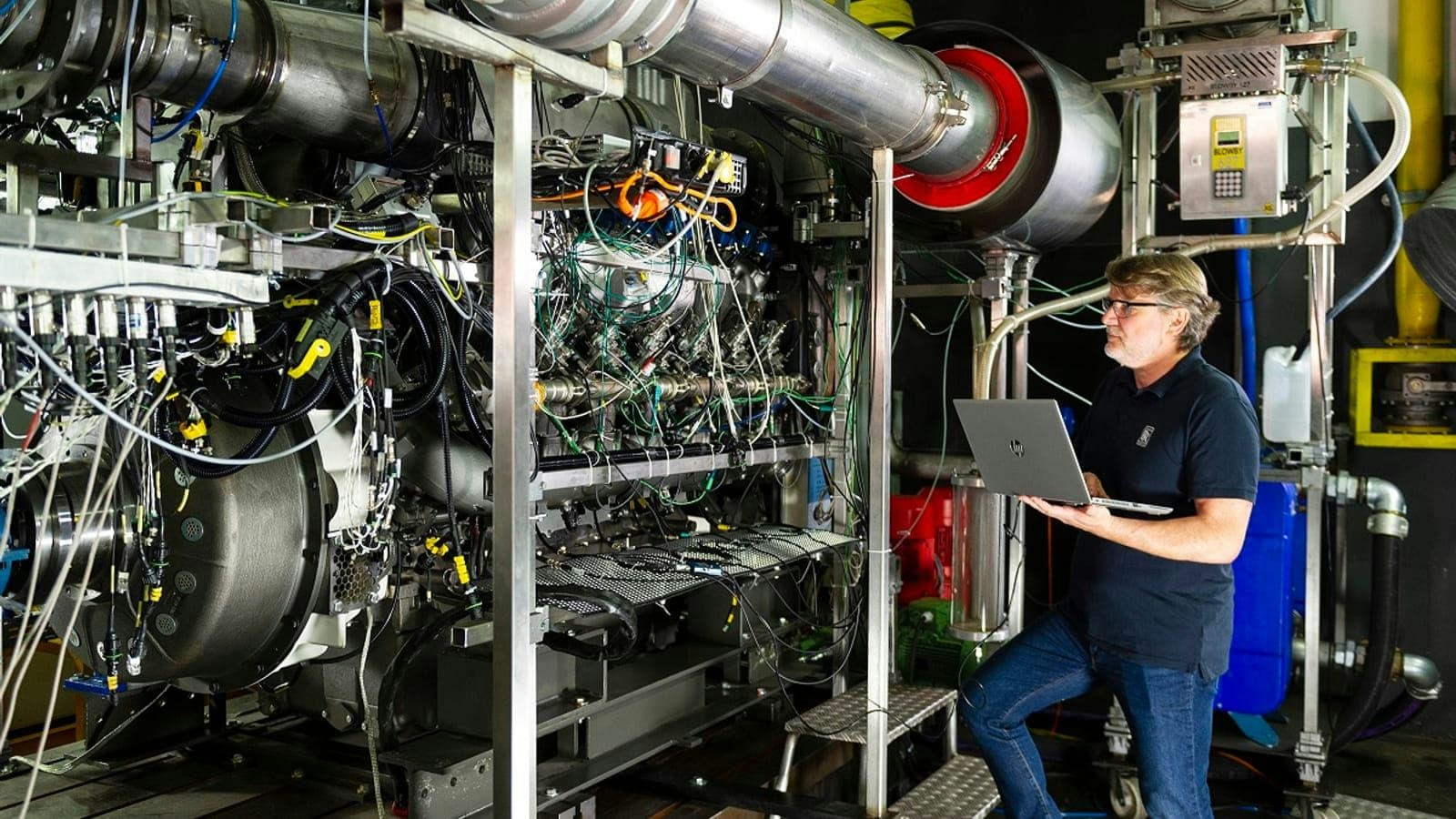
Rolls-Royce Unveils Hydrogen Engine Concept for Jet Power
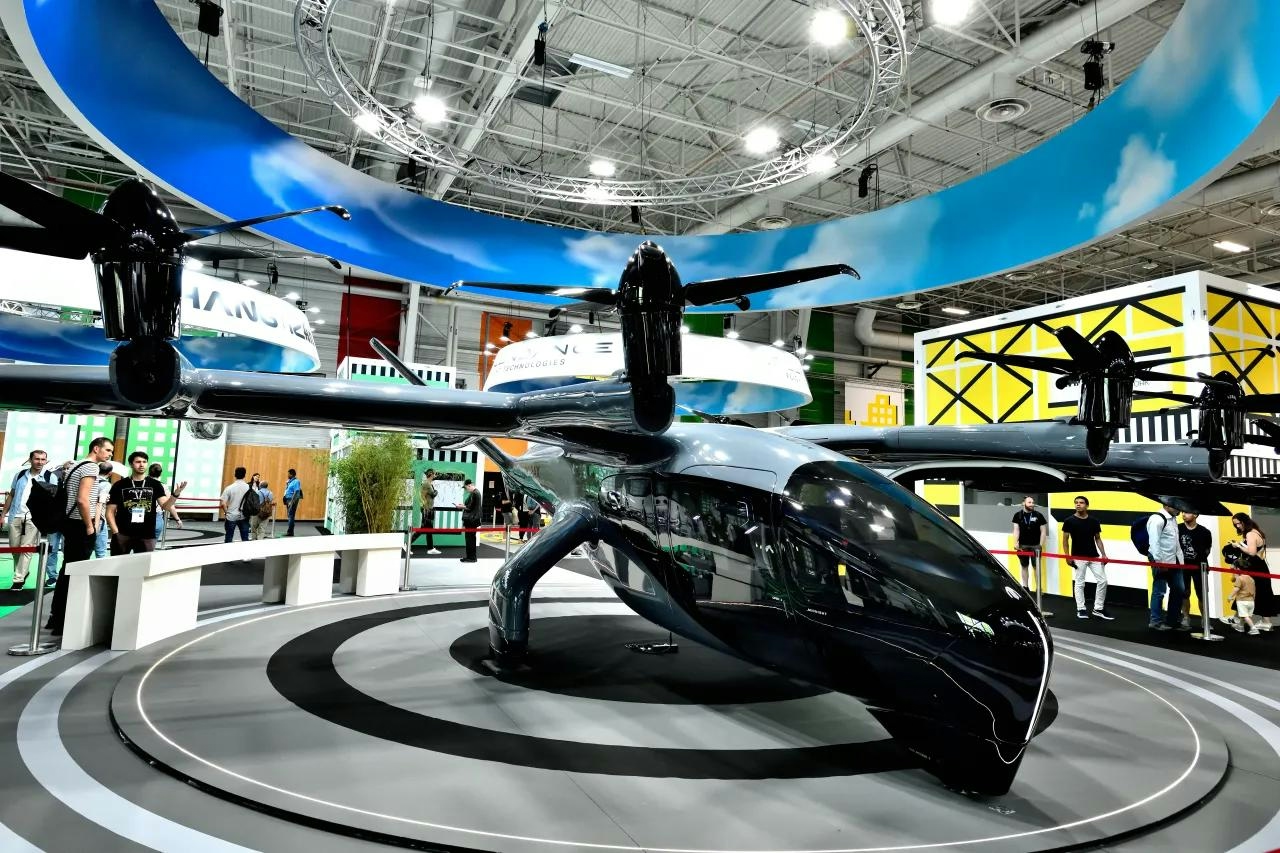
UAE Conducts Successful EVTOL Flight Tests to Boost Tourism
